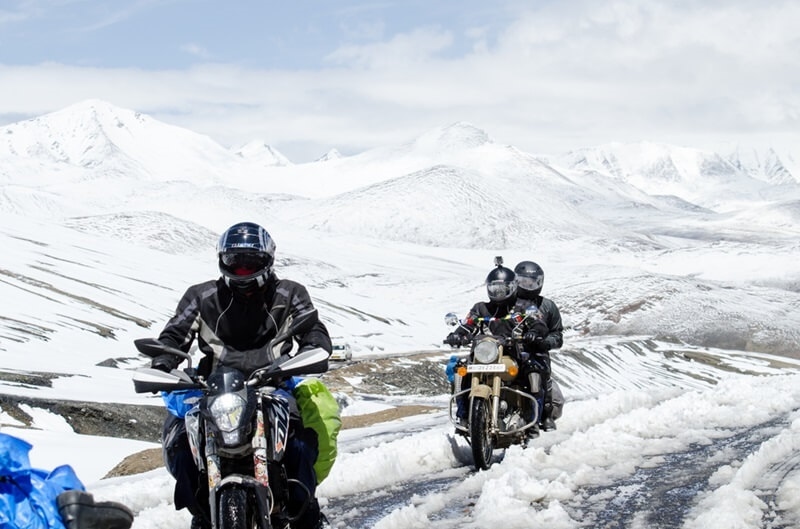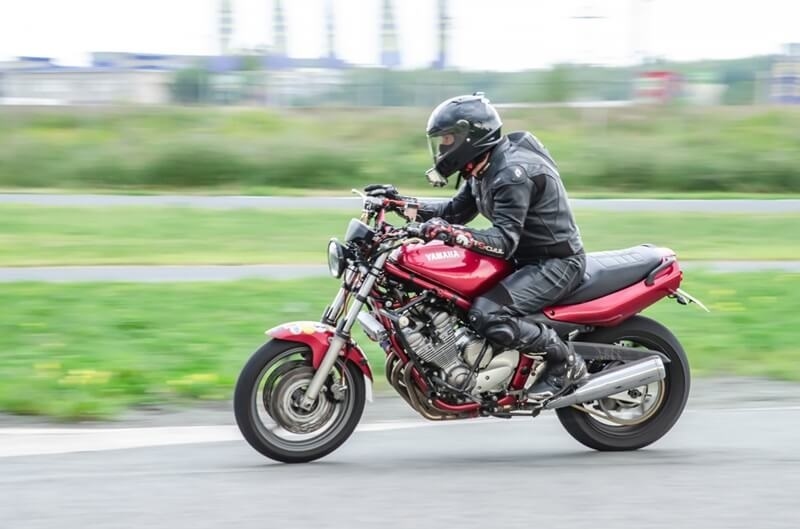
There is no better method to experience the open road than riding a motorcycle. There is no other experience like being able to feel the wind on your face, the engine buzzing and the freedom of the voyage. However, along with that freedom comes responsibility. The first consideration in any ride is always safety, regardless of the distance covered. Riding alone or in a group, the safety tips of travelling with motorcycles can help you not only have a great time, but also guarantee your safety.
The most significant of all is to be prepared when it comes to riding. The safety tips related to the use of motorcycle travel are more than a helmet; they include all of the facts about your riding style, as well as your equipment. Safety is an attitude, and it begins prior to you even turning on your engine.

Long rides are exciting, but they bring additional challenges. Fatigue, changing weather, and long stretches of road can increase the risk of accidents. Paying attention to your body and your environment is essential.
Your body requires rest so that you can be alert. Break every hour or two to relax, have water and eat. Even brief rests could help alleviate fatigue and enhance concentration. A fatigued rider is a risky rider and thus pay heed to your body and do not strain a lot.
Even lengthy traffic jams may leave you parched, and this impacts concentration and reaction time. Take a lot of water and consume balanced food. Stay away from heavy and greasy food that slows you down. The ability to think straight and have a healthy body is essential in staying safe during long rides.
No road is like another road. Correct your speed according to the conditions of roads, weather and traffic. Reduced speeds provide you with greater time to respond to unexpected risks. It is not about riding fast, but it is about riding smart.
It is also accompanied by the need to pay attention to possible threats by scanning the environment at all times when riding a motorcycle. Knowing your area, traffic, road and other people who are on the road can help to avoid many accidents before they occur.
A motorcycle can easily be thrown off by potholes, gravel, wet leaves or oil patches. Look ahead and change speed or direction. Ride steadily over rough roads and prevent any sudden stopping and turns when danger occurs.
Other motorists are not always observing you, or they might make random actions. Monitor lane movements, mergers and brake lights. By foreseeing the behaviour of other motorists, you have adequate time to respond safely.
Rain, fog and wind could make the riding more hazardous. Slippery roads and crosswinds can drive you off track. Reduce speed, widen the area behind you and do not ride in severe weather conditions.
Long-distance riding is physically and mentally challenging. The experienced rider can lose control due to fatigue and therefore react slowly and make poor judgments.
Yawning, heavy eyes, and difficulty concentrating are all warning signs. If you notice these, it’s time to stop and rest. Fatigue prevention is not about toughing it out—it’s about knowing your limits.
Break your journey into manageable sections with planned stops. Include fuel stations, rest areas, and food stops. A well-planned route helps you avoid rushing and reduces stress, keeping you fresh and alert on the road.
Riding in formation is enjoyable, but it needs discipline and communication. Riding in a group with the group etiquette will see everyone enjoying the ride safely.
Always maintain a distance between the motorcycles so that in case of a sudden stop or danger, one is able to react. Riding too closely also exposes them to collision, particularly when they ride at high speeds.
The hand signals are necessary in group rides to maintain clarity. Signal movements, pauses, and changing lanes to make everybody aware of your passions. Accidents may result due to miscommunication.
When a group of riders is riding, the pace and the route are usually determined by one individual. Be attentive to the instructions of the ride leader and slow down only when there is a need.
Among the motorcycle travel safety, preparedness plays an important role. Proper equipment can make a great difference in a crisis.
Even a simple first aid kit would assist in the treatment of smaller wounds until help comes. Add bandages, antiseptic wipes, pain killers and personal medicine. It is also necessary to know how to use them.
Blowouts or small mechanical problems may occur everywhere. Bring the necessary equipment such as a tyre repair kit, wrenches and a portable air pump. Small repairs are what can be prepared to help avoid larger problems and keep your trip on schedule.
Riding a motorcycle is one of the adventures, and safety must always be the first thing. With these motorcycle travel safety tips, you will manage to secure yourself and have the freedom of the open road. Being mindful, putting on the appropriate equipment, planning your rides, and being emergency-ready are all involved in responsible motorcycling. All riders desire to see their destination safely. Being good to your body, your bike, and your environment will make every ride worth remembering.
This content was created by AI